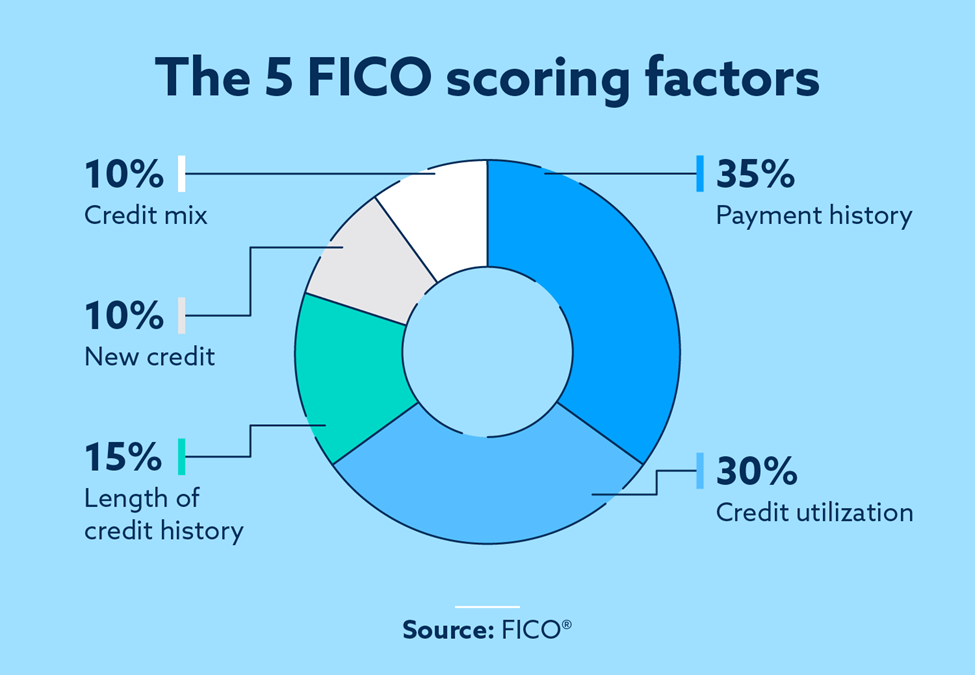
Although there are some differences, your credit score should remain high. Bad credit scores will not change. Each credit scoring model has a different way of calculating your score. But they all share the same goal: to predict the risk to a consumer's credit. This means that you will see the impact on your score.
New credit scoring model
By 2020, all three credit agencies will have access the FICO 10 credit scoring system. It is expected to improve the credit scores of 40 million consumers, while lowering the scores of an additional 110 million consumers. It uses trended data for predicting the probability of default. In general, customers with a great payment history with a low balance will score higher than those with a high amount.
FICO10 uses a multidimensional approach in credit scoring. It includes trend data on revolving balances, minimum payment requirements, and the amount paid toward balances due. This data allows FICO to identify consumers who make timely payments. This approach also reduces impact of one single event. The result is that a single expense to pay for vacations won't have a major impact on your credit score. But, late payments and high-interest loans will.

Changes to previous models
A number of new changes have been made to credit scoring systems since the recent release of FICO 10, the credit score model. The new model takes into account new data and algorithms to calculate credit scores. An average increase of 20 points in scores for consumers is expected to affect nearly 40,000,000 people. These changes will reduce the disparities between scores of consumers with different credit histories.
One modification to the scoring model is the inclusion of trended information, which displays credit card or debt balances in the last 24 months. This information rewards responsible card use, while penalizing those who are falling behind on their payments. This information also penalizes anyone with multiple credit cards or a high credit utilization rate.
Impact on other credit
FICO 10T, a new scoring algorithm, uses more recent data than FICO10Basic. This data helps predict a borrower's credit risk more accurately than the basic FICO 10 score. A basic FICO score is based on a snapshot of the consumer's credit report. Trend data is particularly useful for the credit utilization segment of the score. Credit scores were based on the payment history for the past seven to ten year. This means that a borrower with a higher balance will have a lower credit score.
The new model takes into account the usage rate of all credit accounts and averages out the peaks and valleys. This means that a 20 point decrease in one account could have an impact on millions of consumers' credit scores. For renters who do not own a home, their landlord's credit history can be used to determine if they can borrow money.

UltraFICO(tm), Score Changes
Fair Isaac Corporation created UltraFICO, a credit scoring system. Consumers with poor credit histories and credit problems are particularly affected by the score. The new scoring system is expected to boost scores by more than 20 points for consumers with limited credit histories and recent financial distress.
The new scoring system relies on more data that the FICO credit score. It also includes cash flow data from consumers' bank accounts. These data may not provide a prediction of a consumer’s creditworthiness but UltraFICO is meant to increase credit accessibility for all.